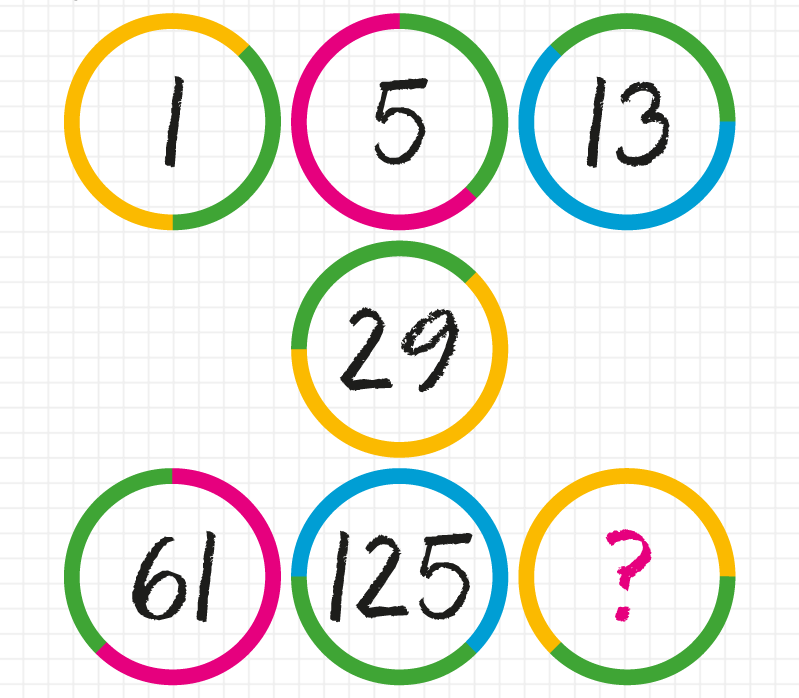MATH PUZZLE: Can you replace...
MATH PUZZLE: Can you replace the question mark with a number?Correct answers: 181
The first user who solved this task is Erkain Mahajanian.
#brainteasers #math #riddles

The Preacher explains that he...
The Preacher explains that he must move on to a large congregation that will pay him more.
There is a hush within the congregation. No one wants him to leave.
Joe Smith, who owns several car dealerships in the City stands up and proclaims:
"If the Preacher stays, I will provide him with a new Cadillac every year and his wife with a Honda mini-van to transport their children!"
The congregation sighs in appreciation, and applauds. Sam Brown, a successful entrepreneur and investor, stands and says: "If the Preacher willstay on here, I'll personally double his salary, and also establish a foundation to guarantee the college education of all his children!"
More sighs and loud applause. Sadie Jones, age 88, stands and announces with a smile, "If the preacher stays, I will give him sex," There is total silence.
The Preacher, blushing, asks her: "Mrs. Jones, whatever possessed you to say that?"
Sadie's 90 year old husband Jake is now trying to hide, holding his forehead with the palm of his hand and shaking his head from side to side while his wife replies:
"Well, I just asked my husband how we could help, and he said...... "Screw the Preacher."
There is a hush within the congregation. No one wants him to leave.
Joe Smith, who owns several car dealerships in the City stands up and proclaims:
"If the Preacher stays, I will provide him with a new Cadillac every year and his wife with a Honda mini-van to transport their children!"
The congregation sighs in appreciation, and applauds. Sam Brown, a successful entrepreneur and investor, stands and says: "If the Preacher willstay on here, I'll personally double his salary, and also establish a foundation to guarantee the college education of all his children!"
More sighs and loud applause. Sadie Jones, age 88, stands and announces with a smile, "If the preacher stays, I will give him sex," There is total silence.
The Preacher, blushing, asks her: "Mrs. Jones, whatever possessed you to say that?"
Sadie's 90 year old husband Jake is now trying to hide, holding his forehead with the palm of his hand and shaking his head from side to side while his wife replies:
"Well, I just asked my husband how we could help, and he said...... "Screw the Preacher."

